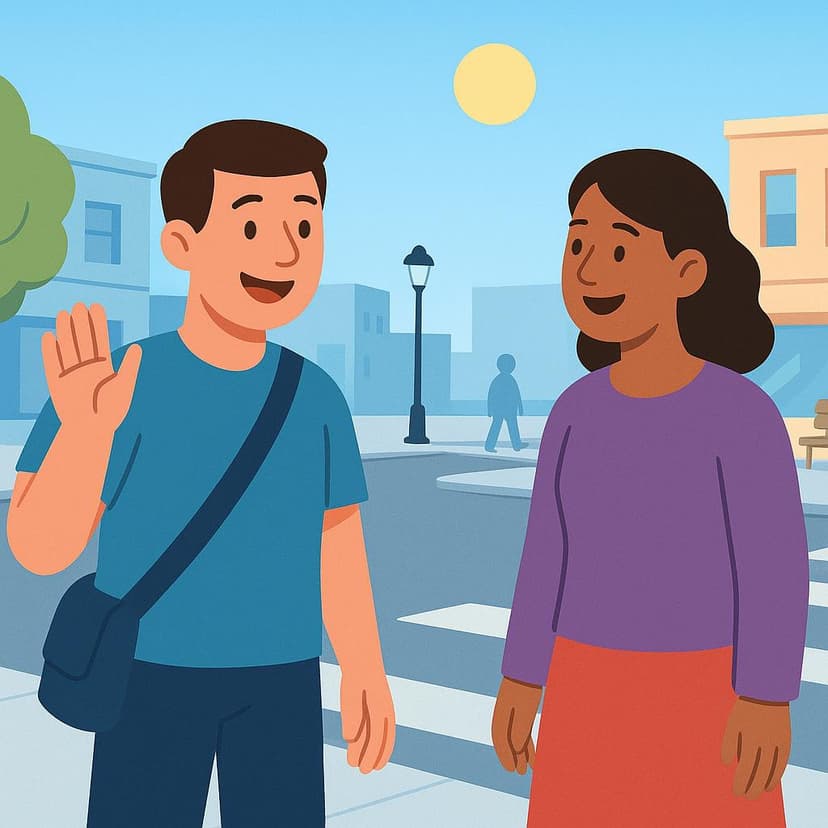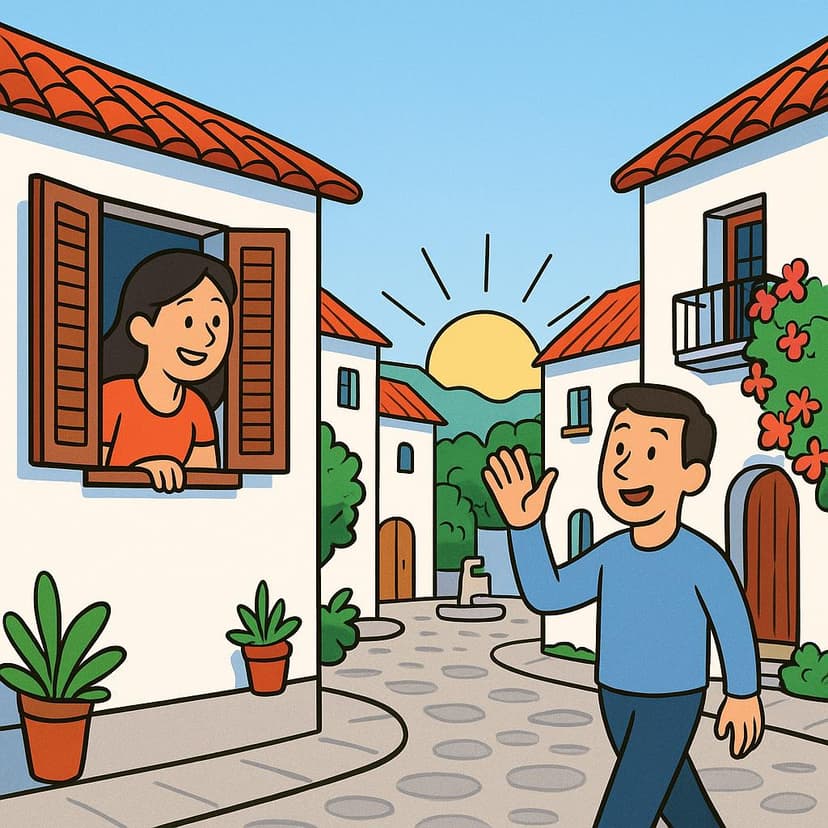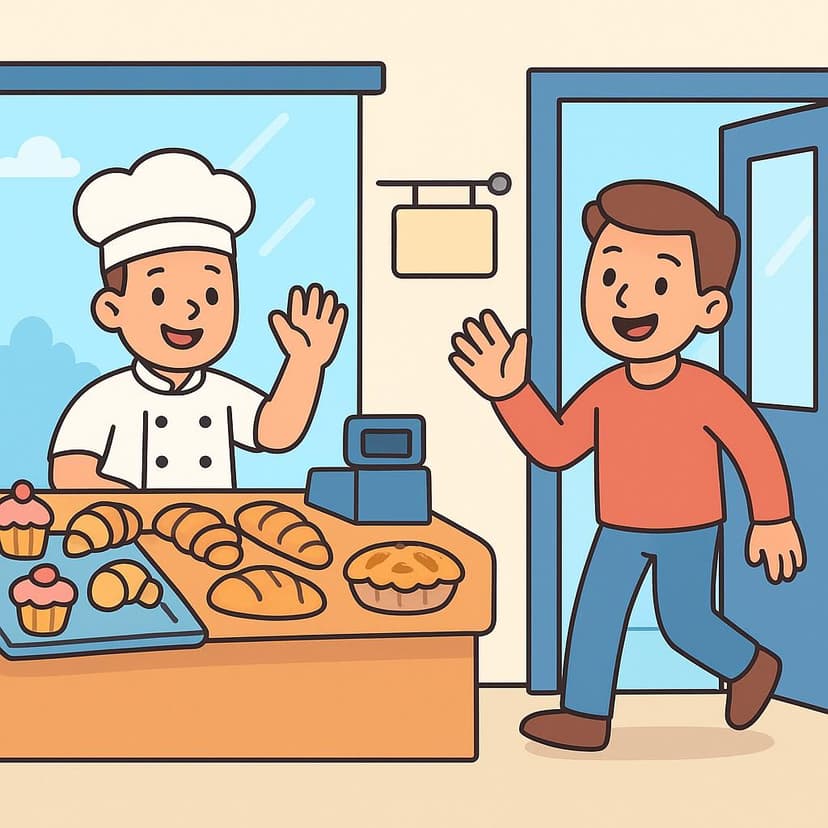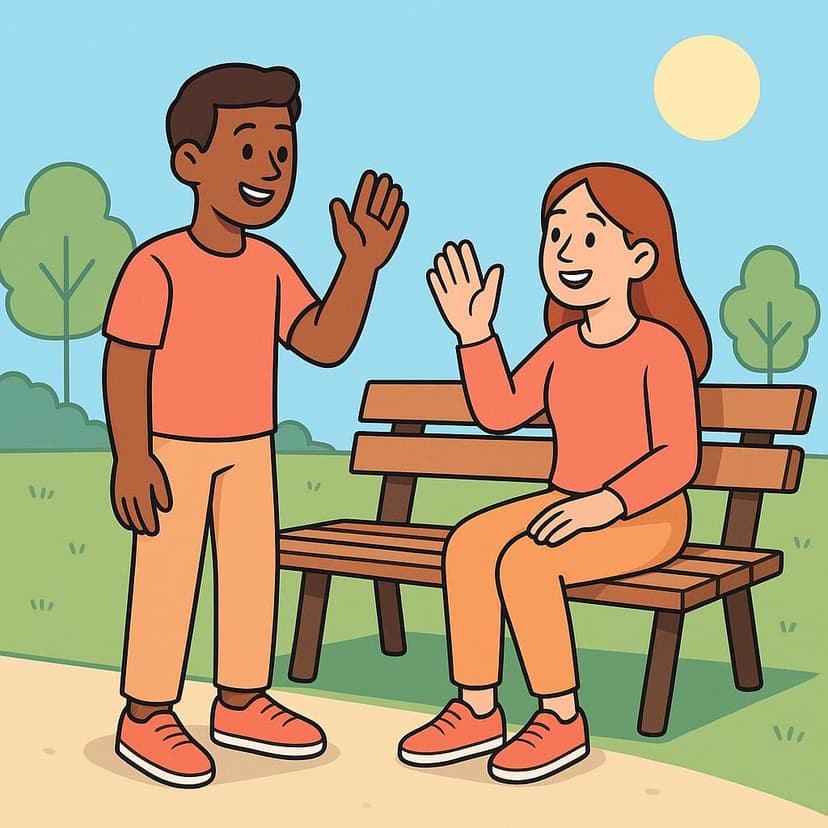Spanish Greetings
Master 17 essential Spanish phrases for greetings with translations, context, and usage examples
Understanding Spanish greetings Phrases
Master Spanish greetings for every time of day and situation. From "Buenos días" to regional expressions, learn how Spanish speakers greet each other in Spain and Latin America, including casual, formal, and culture-specific variations.
When to Use These Phrases
Greetings set the tone for all interactions. Use morning, afternoon, and evening greetings appropriately. In Spain, "Buenos días" is used until lunch (around 2-3 PM), then "Buenas tardes" until evening.
Learning Tips for greetings Phrases
- Learn the time boundaries for each greeting - they vary by country and region
- Practice combining greetings with questions like "¿Cómo estás?" or "¿Qué tal?"
- In Spain, double kiss greetings (dos besos) are common; in Latin America, one kiss or handshakes are more typical
- Remember that "¿Qué onda?" and "¿Qué tal?" are casual and should only be used with friends
Essential greetings Phrases
Start with these commonly used expressions for greetings situations
Complete List of greetings Phrases

Good afternoon
Buenas tardes

Good evening
Buenas tardes
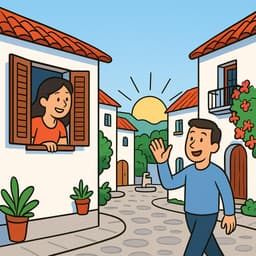
Good morning
Buenos días

Have a great day
Que tengas un buen día
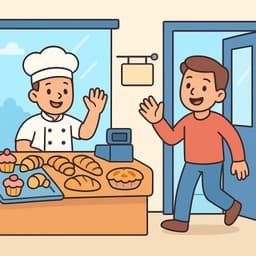
Have a nice day
Que tengas un buen día
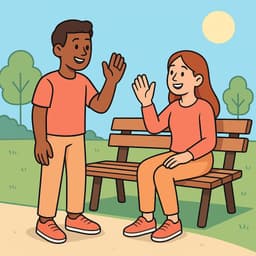
How are you?
¿Cómo estás?

How have you been?
¿Cómo has estado?
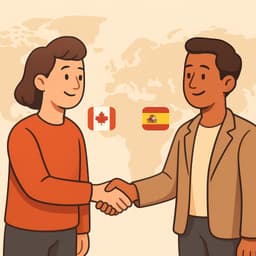
I am from
Soy de...

I'm fine, thanks
Estoy bien, gracias.

Long time no see
¡Cuánto tiempo sin verte!

Make yourself at home
Siéntete como en tu casa

My name is
Me llamo [Nombre]

Nice to meet you
Mucho gusto
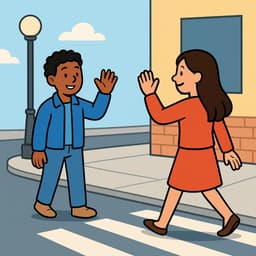
See you later
Hasta luego

what have you been up to
¿Qué has hecho?

What is your name?
¿Cómo te llamas?
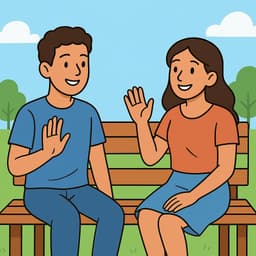
What's up?
¿Qué tal?
Frequently Asked Questions About Spanish greetings Phrases
When do you say "Buenos días" vs "Buenas tardes" in Spanish?
"Buenos días" is used from morning until around 2-3 PM (lunch time). "Buenas tardes" is used from afternoon until evening (around 8-9 PM), then "Buenas noches" for night. The exact times vary by region and culture.
What are some casual Spanish greetings?
Popular casual greetings include "¿Qué tal?" (How's it going?), "¿Cómo estás?" (How are you?), "Hola" (Hi), "¿Qué pasa?" (What's up?), and regional variations like "¿Qué onda?" (Mexico) or "¿Qué hubo?" (Colombia).
How do you greet in a formal Spanish setting?
Use "Buenos días/tardes/noches" with "señor/señora/señorita" if appropriate. Follow with "¿Cómo está usted?" (formal you). In business: "Encantado/a de conocerle" (Pleased to meet you) or "Es un placer" (It's a pleasure).
Have more questions about learning Spanish phrases? Browse our complete phrase guide or explore our learning resources.
Browse All Spanish Phrase Categories
Ready to Master More Spanish Phrases?
Explore our complete collection of Spanish phrases organized by category, situation, and difficulty level. Perfect for beginners to advanced learners.
View All Spanish Phrases →